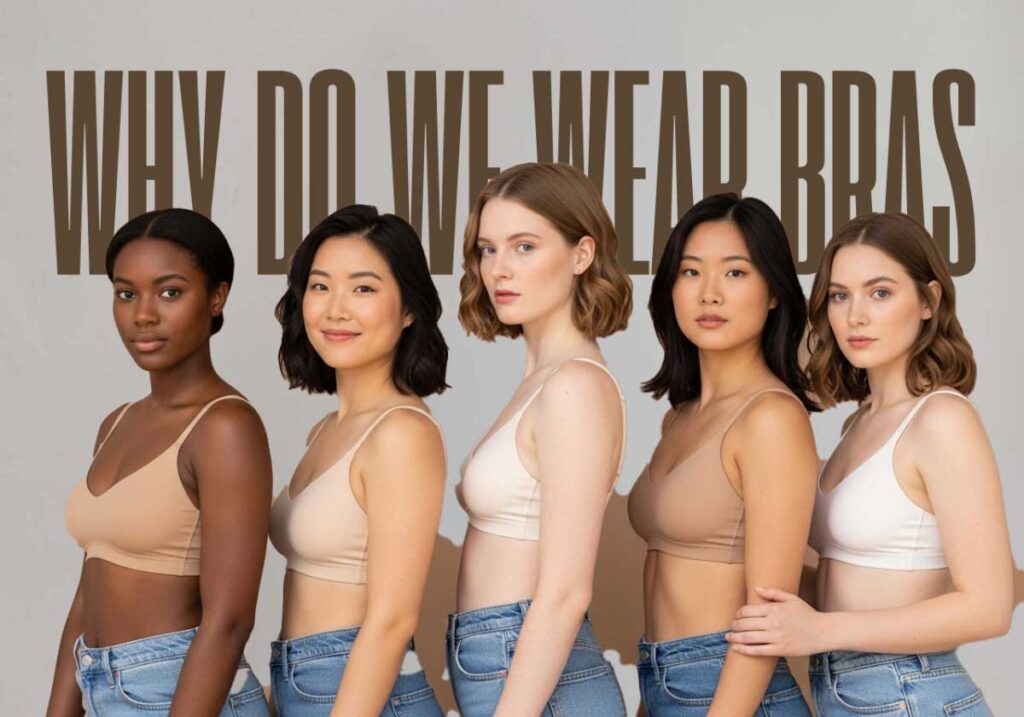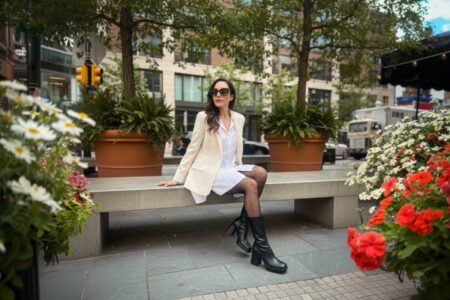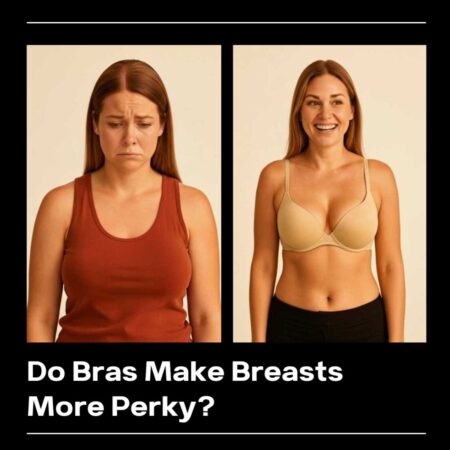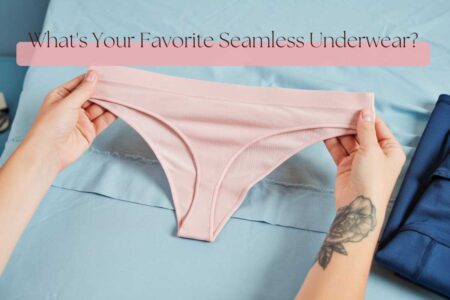Why do we wear bras is the question behind all the mixed advice. You want comfort first, not rules. You hear TikTok tips, your friend swears by bralettes, your aunt says never skip a bra at work. Here is a clear, no shame, science aware guide so you can choose what feels good and still fits your day.
TL,DR
- Bras are tools, not requirements.
- Support matters for movement, larger busts, and long days.
- Going braless can be fine, especially at home.
- Night bras help some people with tenderness, not everyone.
- Fit and fabric decide most of your comfort.
What this covers and why it matters
If you are the Curious Comfort Seeker, you juggle school or work, you scroll, you try bralettes, sports bras, or braless at home, and you want the real truth in plain English. We tackle sizing confusion, soreness after a few hours, and social pressure at family events or the office.
We also answer common searches, do we need bras, why do we wear bras, bra myths vs facts, going braless effects, most comfortable everyday bra.
For style ideas and where it works in real life, see our candid braless trend guide, with outfit tips, coverage hacks, and when it makes sense.
The short answer, why do we wear bras
We wear bras to reduce bounce and soreness, shape under clothes when we want a smooth line, and navigate work or school norms. For many bodies, a snug band and the right cup shape can cut down strain on active days.
For exercise, a well fitting sports bra can reduce movement significantly, which lowers discomfort and makes workouts feel easier. Research groups have measured that high support sports bras can reduce breast movement by more than 63 percent.
Myth vs fact, quick hits
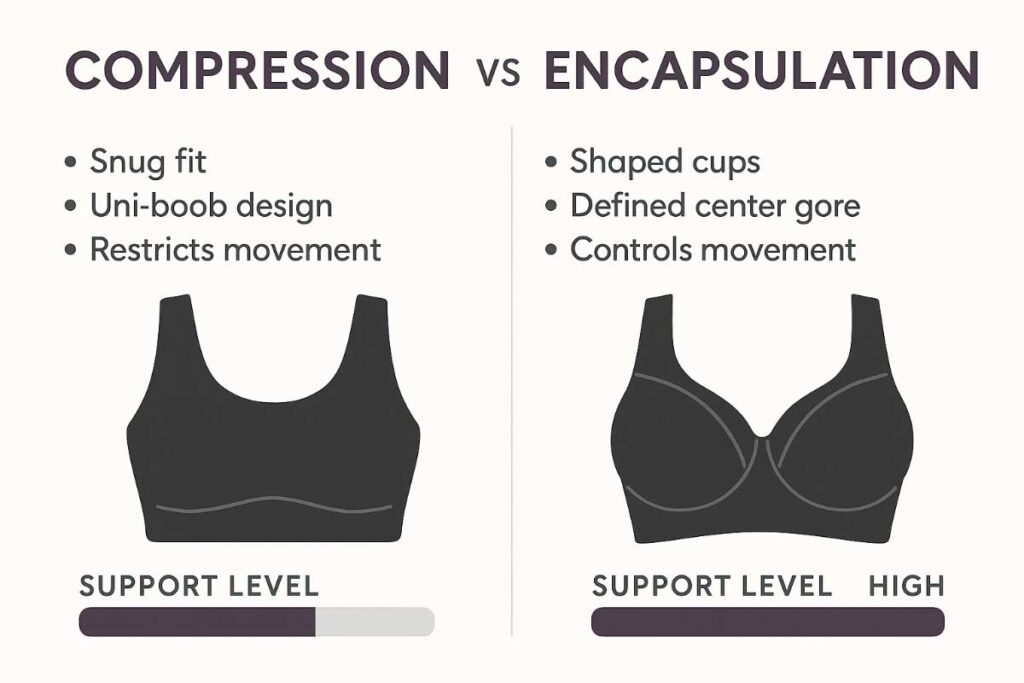
Myth: Bras prevent sagging.
Fact: Sagging is mostly about skin elasticity, genetics, time, and life changes. Wearing or not wearing a bra does not prevent or cause sagging.
Myth: Bras fix posture.
Fact: A supportive band can reduce discomfort, real posture change comes from habits and strength work over time. Harvard Health
Myth: Sports bras are only for the gym.
Fact: Compression or encapsulation styles can help for commute days and stairs too, not only workouts.
Myth: No one should wear a bra at night.
Fact: Some people sleep better with soft support, especially with tenderness or nursing, the bra just needs to be comfortable and not tight.
Do bras help with posture or sagging
A good bra can feel like it organizes weight better. That can reduce end of day shoulder ache. It does not train your spine or change long term posture by itself. Posture responds to daily movement, stretching, and strength in your back and core.
On sagging, I looked for clear evidence. Medical sources say bra habits do not make or prevent sagging. Your skin and ligaments respond to time, hormones, weight changes, pregnancy, and genetics.
When support really matters

Workouts.
- Walking or yoga, light to medium support.
- Running or HIIT, high support, look for encapsulation cups, adjustable bands, and wider straps. Studies show higher support reduces movement the most, which often cuts discomfort.
Larger busts.
You may feel more comfortable with firmer bands, U-shaped backs, and straps that adjust in front. Encapsulation styles tend to spread weight more evenly.
Pregnancy and nursing.
Tenderness can spike. ACOG suggests a supportive sports bra for exercise during pregnancy. Choose soft, breathable fabrics.
Dress codes and social pressure.
If your workplace expects a certain look, you can meet it without sacrificing comfort, try wireless T-shirt bras, smoothing bralettes, or a cami with a shelf.
For a body neutral take on movement with minimal layers, read what you need to know before trying naked yoga, including comfort, consent, studio rules, and hygiene tips.
Night wear, is it necessary to wear a bra at night
Short answer, no requirement. Some people like light support at night for tenderness, post op healing, or nursing. If you try a night bra, pick a soft, non wired style with a wide band and no tight elastics. Too tight can irritate your skin or feel restrictive while you sleep.
- Benefits of wearing a bra to bed, less motion if your breasts are tender, fewer friction spots under a soft tee.
- Risks, heat, sweat, strap marks, irritation from seams if the fit is snug.
- Bra wearing at night tip, treat it like pajamas, if you forget you have it on, it is probably right.
Going braless, benefits and tradeoffs
Benefits of not wearing a bra, pressure relief, happier skin, easier laundry, and it can feel great at home or on low key days.
Going braless effects under different tops,
- Tees and soft knits, relaxed shape, try a thicker knit if you want less show through.
- Woven shirts, a pocket or pattern can add coverage.
- For events, petals or tape give a minimal solution without a full bra.
Medical sources say not wearing a bra does not cause sagging. Choose what feels best for your body and your day.
Fabrics and fits that feel best
If you run hot or have sensitive skin, look for cotton blends, modal, or spacer foam cups. Wide brushed elastics help prevent digging. Nickel free hardware can help if you react to metal. Wash in cool water, use a gentle detergent, and air dry to keep elastics alive longer.
How a bra should fit, the 60 second fit check
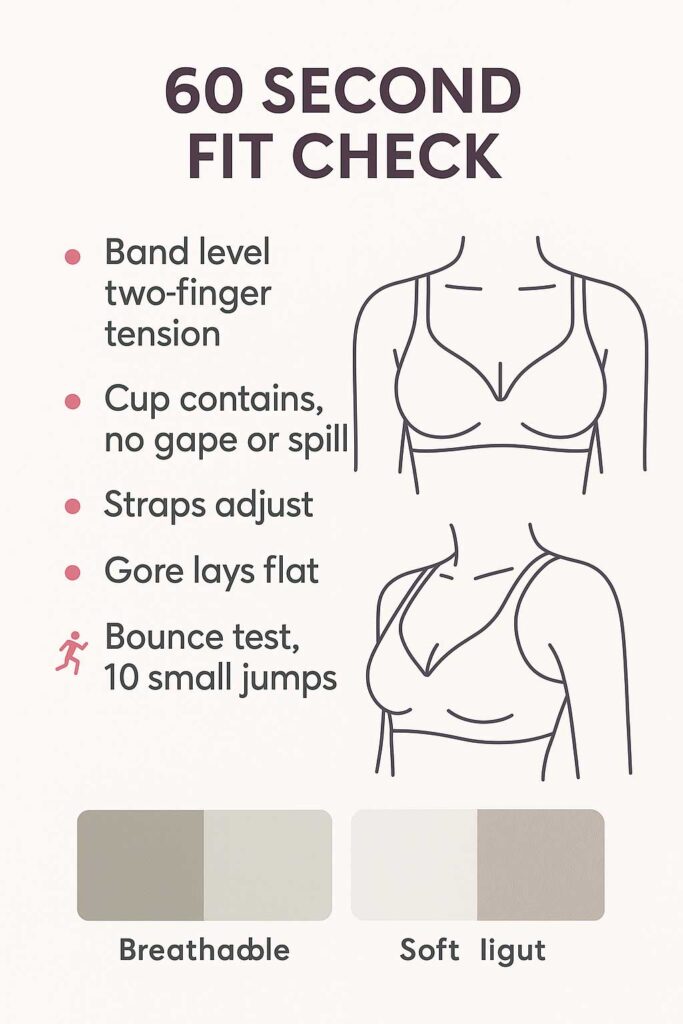
- Band level around your body, two finger tension on the middle hook.
- Cups contain breast tissue, no cutting at the top or sides, no gaping.
- Straps steady but not digging, adjust while looking at your side view in a mirror.
- For wired bras, the center gore rests close without poking your breast tissue.
- Do a bounce test, one flight of stairs or 10 gentle jumps, notice comfort, then head to If you want X, try Y to pick the right style.
If you want X, try Y
- If you want invisible under tees, try lightly lined T-shirt bras or seamless bralettes.
- If you want lift with soft edges for lower necklines, compare balconette vs plunge and pick the one that matches your neckline.
- If you want no wires, try molded wireless styles or longline bralettes with a wide underband.
- If you want max control for runs, pick encapsulation sports bras with hook and eye bands and adjustable straps, these reduce movement the most.
- If you want lounge only, ribbed bralettes or shelf tanks feel easy.
Explore our guide, balconette vs plunge, for neckline specific tips.
Countries that do not center bras the same way
The question, “countries that do not wear bras,” shows up a lot online. Reality is nuanced. Norms vary by culture, climate, and dress codes. There is no global rule. Your takeaway, choose what is comfortable and respectful of your setting, and remember that comfort is a valid reason by itself.
What I tried and what actually worked
I used to reach for thin straps and stretchy bands for long laptop days. By noon, my shoulders hurt. Switching to a wider band with front adjust straps helped a lot.
For running, I tested a compression bra and an encapsulation bra. The encapsulation style felt more stable and less sweaty on hills, which tracks with what researchers report on movement reduction.
For sleep, I did two weeks in a soft bralette versus an oversized tee. On tender days the bralette felt better. On normal days, tee all the way. The key was a loose, breathable band.
Common mistakes and easy fixes
Wearing the wrong band size.
Fix, try the snug hook test, if the band rides up, go down a band size and adjust the cup volume as needed.
Chasing the wrong cup shape.
Fix, if you spill near the center, try a plunge, if you spill near the side, try a balconette or wider underwire shape.
Ignoring strap width and placement.
Fix, if straps dig, try wider straps or a racerback converter to move pressure off your shoulders.
Keeping dead elastic.
Fix, rotate bras and air dry. If a band stretches past two fingers easily, it is time to retire it.
Quick picks by scenario
Lounge.
Seamless bralette or ribbed shelf tank. Add nipple covers if you want less show through.
Office or classes.
Lightly lined T-shirt bra or a supportive wireless, smooth cups and a wide band.
Workouts.
Encapsulation sports bra with adjustable band and straps. For swim workouts or beach runs, use our swimsuit support picker to match support to activity.
Under fitted dresses.
If you want less bra pressure, consider smoothing shapewear instead of more padding, try our shapewear size finder to get the right firmness.
Curious if a higher quality everyday bra is worth it, run the numbers with our cost per wear calculator.
What experts say, quick facts
- “Wearing a bra doesn’t affect the risk of breast sagging,” Cleveland Clinic notes.
- “Wear a sports bra that gives lots of support to help protect your breasts,” says ACOG for exercise in pregnancy.
- The University of Portsmouth team reports that high support sports bras reduce breast movement by more than 63 percent in testing.
- If you sleep in a bra, pick one that is comfortable and not too tight to avoid irritation or restricted circulation. Cleveland Clinic
Mini checklist to save

- Check band first, then cups, then straps.
- Do the bounce test before ripping off tags.
- Match activity to support level.
- Prioritize breathable fabrics if you run hot.
- Rotate bras, air dry, avoid fabric softener.
- For night, only if it adds comfort.
- Your comfort is the rule, not the exception.
FAQ
Do we need bras?
Most people do not need one medically. Many choose bras for comfort, support, and shape under clothes.
Why do we wear bras everyday?
Daily support can reduce bounce on stairs, add smoothness under tees, and meet workplace norms. Pick comfort first.
Is it necessary to wear a bra at night?
No. Try soft support at night only if it eases tenderness or helps you sleep.
Do bras prevent sagging?
No. Sagging depends on time, genetics, and skin. Bra habits do not prevent or cause it.
What is the most comfortable everyday bra?
Usually a lightly lined T-shirt bra or a supportive wireless with a wide band and smooth cups. Try spacer foam or modal blends.
More on Blufashion
- Compare your options, Use our quick fit check, then see which bra style fits your day, lounge, office, or workout.
- Build your comfort kit, pick one everyday bra, one lounge bralette, and one high support sports bra, then track cost per wear.


